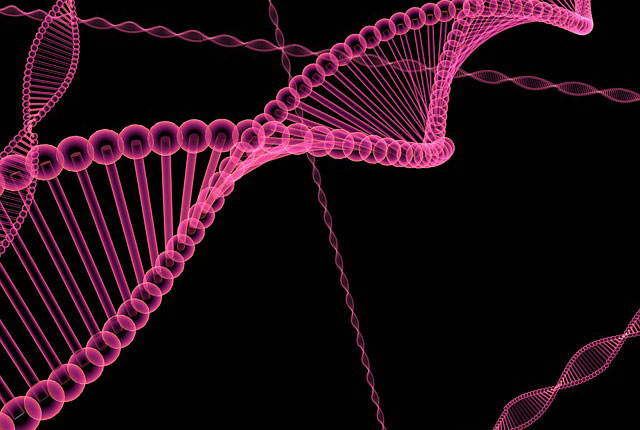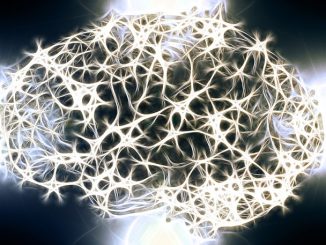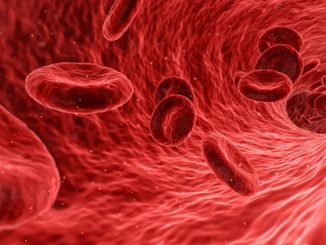
For the longest time, scientists believed that DNA replication — the process by which all living organisms are created — took place at a pre-determined speed and in a coordinated manner. However, after being able to watch and record the process for the first time as it was unfolding, a rethinking might be in order.
As described in a press release by one of the members of the research team, Professor Stephen Kowalczykowski from the University of California: “It’s a different way of thinking about replication that raises new questions.”
A DNA double helix is comprised of two strands that run in opposite directions and are each made up of four bases: adenine, cytosine, guanine and thymine (A, C, G and T). One of the strands is referred to as the ‘leading strand’ while the other is called the ‘lagging strand’. As their names imply, the ‘leading strand’ goes first while the ‘lagging strand’ follows. The ‘leading strand’ also has the capability of moving continuously while the ‘lagging strand’ has to be contented with moving in ‘starts and stops’ — producing a short stretch, stopping, then starting again.
Replication — the process of copying and pasting — takes place when the double helix is unzipped and separated into two strands by an enzyme called helicase, after which a second enzyme called primase attaches a ‘primer’ to each of the separated strands, allowing them to replicate. Then, a third enzyme called polymerase joins in, attaches itself to the primer and adds more bases as it moves along with the growing strand to form a completely new double helix.
The team used E. coli bacteria DNA for their experiment. And although human DNA is quite different from bacterial DNA, the process by which they replicate is the same, which means there’s much to be learned from the recorded footage.
Among other things, the team found out that while the two strands replicated at about the same speed, there were times when they acted like they were different entities with their own timelines. For instance, there were times when one strand stoped growing while the other strand didn’t. At other times, one strand suddenly replicated up to 10 times faster as the other strand grew at normal speed. And then by some weird and so far unexplainable way, both strands eventually managed to catch up with each other.
This behavior shows that the strands are independent and do not coordinate with each other. And because of this seeming ‘indifference’ to each other, there has to be some kind of automatic braking system that would keep one strand from overtaking the other, otherwise, all of our DNA would be in chaos.
The big question (and is gonna be a long one, so bear with me here) is: how does the double helix manage to keep the strands in check so mutations are minimized and the speed at which the strands replicate slows down and accelerates as needed so they both get to the finish line (in a manner of speaking) at the same time?
Further real-time observational studies should be able to provide us with more enlightenment and when we do get the answers, they can hopefully lead to revolutionary and life-changing breakthroughs.
The research was recently published in the journal Cell. The footage of the DNA replication process can be seen below.
- Bulenox: Get 45% to 91% OFF ... Use Discount Code: UNO
- Risk Our Money Not Yours | Get 50% to 90% OFF ... Use Discount Code: MMBVBKSM
Disclaimer: This page contains affiliate links. If you choose to make a purchase after clicking a link, we may receive a commission at no additional cost to you. Thank you for your support!




Leave a Reply